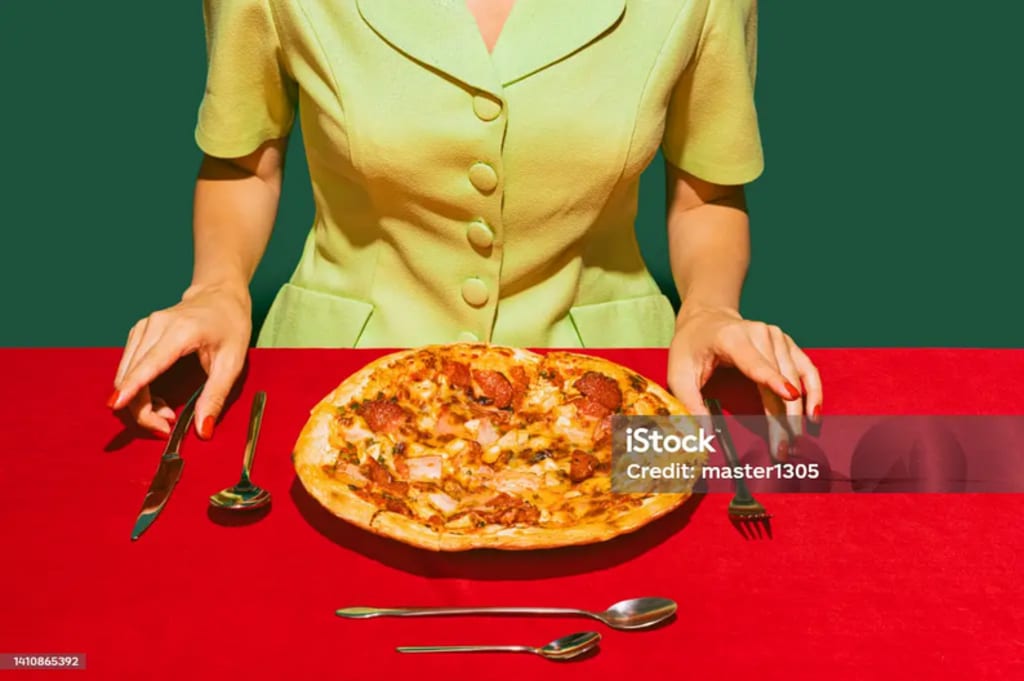
In the realm of culinary enchantment, there's an ancient alchemy that occurs when flour, water, and yeast come together to create the symphony of aromas and textures that define the world of homemade bread. From the hearty tang of sourdough to the rustic elegance of artisan loaves, baking bread at home is a captivating journey that transforms a handful of ingredients into a culinary masterpiece. Join us on this flavorful adventure as we explore the secrets, techniques, and artistry behind crafting bread that rivals the finest bakeries.
The heart of the homemade bread experience lies in the meticulous art of sourdough fermentation. Sourdough, with its distinctive tang and chewy crumb, is not just a loaf; it's a living entity that requires time, patience, and a symbiotic relationship with wild yeast and bacteria. The journey begins with cultivating a sourdough starter—a lively concoction of flour and water that captures the wild yeast from the environment. Watching the starter come to life, bubbling and frothing with microbial activity, is the initiation into the ancient tradition of sourdough baking.
The enchanting process of nurturing a sourdough starter sets the stage for creating loaves with a depth of flavor and complexity that can't be replicated with commercial yeasts. Each fold, knead, and rise contributes to the development of a robust gluten structure and the cultivation of unique flavor compounds. Baking with sourdough is a dance with time, as the extended fermentation period imparts not only a distinctive tang but also a hearty, chewy texture that sets homemade sourdough apart.
For those seeking the crisp crust and open crumb of artisanal loaves, exploring the world of no-knead breads is a revelation. This approach embraces a slow fermentation process, allowing the dough to develop gluten and flavor without the need for intensive kneading. The result is a rustic, artisanal loaf with a crackling crust and an airy interior—a testament to the simplicity and elegance of traditional breadmaking techniques.
Experimenting with a variety of flours is another dimension of the art of breadmaking. Whole wheat, rye, spelt, or ancient grains can be incorporated to add depth and nuance to the flavor profile of the bread. Each flour brings its unique character, from the nutty undertones of whole wheat to the earthy richness of rye. The blending of flours becomes a palette for the home baker, allowing for endless creativity in crafting the perfect loaf.
The artistry of shaping the dough is a tactile expression of the baker's touch. Whether crafting classic boules, batards, or baguettes, the shaping process involves finesse and intuition. Each fold and turn contributes to the final structure of the loaf, creating a visual masterpiece that is as delightful to behold as it is to devour. The shaping process is where the bread becomes a canvas, and the baker, an artist.
Embracing steam as a baking ally is a secret weapon for achieving the coveted crackling crust and open crumb of artisan loaves. Introducing steam into the oven during the initial stages of baking helps the dough retain moisture, allowing for optimal expansion and crust development. The result is a symphony of textures—a crust that shatters delicately with each bite, revealing the soft, airy crumb within.
Breadmaking is not only a journey of flavor and texture but also a sensory experience that engages all the senses. The aroma of baking bread wafting through the kitchen, the satisfying thud as the loaf is tapped to check for doneness, and the symphony of crackles as the crust cools are all part of the magic. The anticipation builds with each step, from the mixing bowl to the oven, creating a connection between the baker and the bread that is both intimate and gratifying.
Sharing the fruits of the labor, whether in the form of a warm slice slathered with butter or a crusty baguette passed around the dinner table, completes the circle of the bread making journey. It's a moment of pride for the home baker, a gesture of generosity and love that transcends the simple act of nourishment.
In conclusion, the art of baking bread at home is a captivating expedition into the heart of a time-honored tradition. From the aromatic dance of sourdough fermentation to the rustic beauty of artisan loaves, each step in the process contributes to a symphony of flavors, textures, and aromas that make homemade bread a true culinary masterpiece. As home bakers embark on this flavorful adventure, may the kitchen become a canvas, the hands the brushes, and the loaves the tangible works of art that bring joy, satisfaction, and the irresistible allure of freshly baked bread to every table.
About the Creator
Enjoyed the story? Support the Creator.
Subscribe for free to receive all their stories in your feed. You could also pledge your support or give them a one-off tip, letting them know you appreciate their work.





Comments
There are no comments for this story
Be the first to respond and start the conversation.